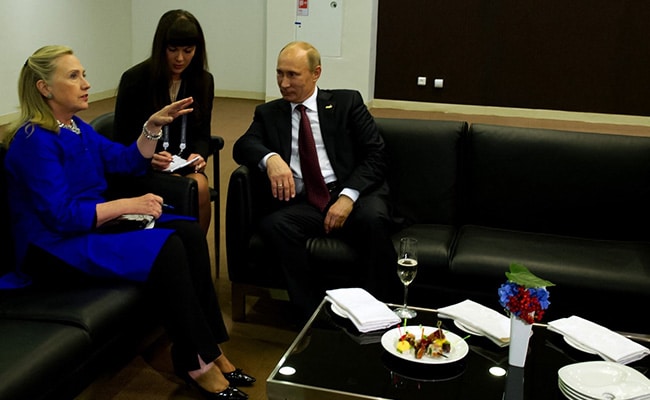The U.S. is trying to build an Asia-Pacific version of NATO through its Indo-Pacific strategy to maintain its hegemony in the region, a Chinese defence official has said, stressing that Washington’s attempt to serve its “selfish” geopolitical interest is “doomed to fail”.
The remarks by Lieutenant General Jing Jianfeng, deputy chief of staff of the Joint Staff Department of the Central Military Commission, came in response to U.S. Secretary of Defence Lloyd Austin’s speech during the Shangri La Dialogue on Saturday in which he spoke about strengthening alliances and partnerships across the region.
Held annually in Singapore, the Shangri La Dialogue is Asia’s premier defence summit. Lieutenant-General Jing warned that if regional countries were to sign up for the U.S.’ Indo-Pacific strategy, they would be bound to the “U.S. war chariot” and be lured into “taking bullets for the U.S”.
He termed Mr. Austin’s remarks as “rhetoric” that “sounds good but does no good, one that serves “selfish U.S. geopolitical interests” and which is “doomed to fail”.
“The real purpose is to merge the small circle into the large circle of the Asia-Pacific version of NATO so as to maintain the hegemony led by the U.S.,” Mr. Jing, a member of the Chinese delegation, said on Saturday.
The North Atlantic Treaty Organisation, also called the North Atlantic Alliance, is an intergovernmental military alliance of 32 member states — 30 European and 2 North American.
The Indo-Pacific strategy is creating division and confrontation, he said.
The Indo-Pacific is a biogeographic region, comprising the Indian Ocean and the western and central Pacific Ocean, including the South China Sea.
The U.S.’ Indo-Pacific strategy is the country’s vision for a free, open, connected, prosperous, resilient, and secure Indo-Pacific region in which all countries are empowered to adapt to the 21st century’s challenges and seize its many opportunities.
China claims nearly all of the South China Sea, though Taiwan, the Philippines, Brunei, Malaysia and Vietnam claim parts of it.
The U.S. and several other world powers have been talking about the need to ensure a free, open and thriving Indo-Pacific in the backdrop of China’s rising military assertiveness in the resource-rich region.

















